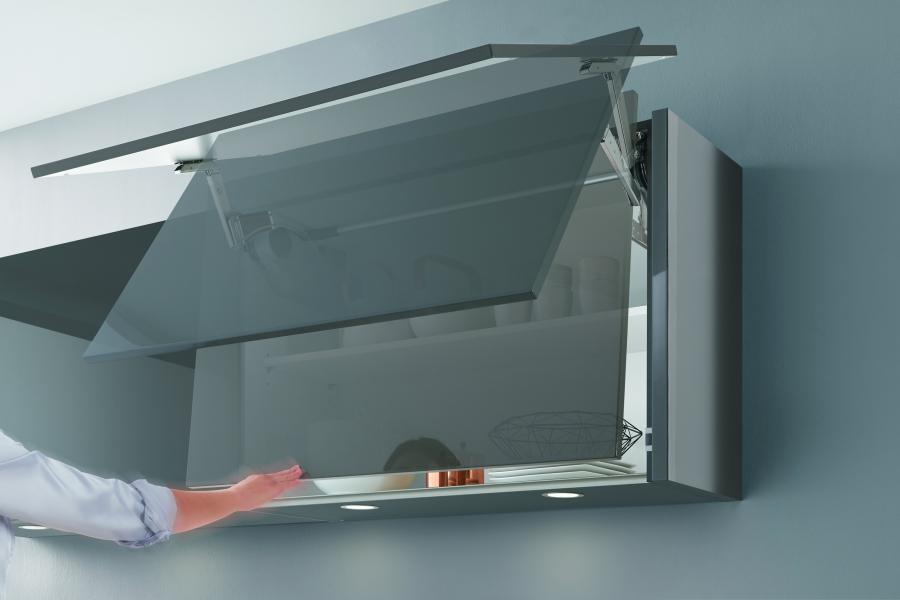We often get so caught up in how the new kitchen will look that layout planning gets put on the back burner. A kitchen’s architecture has important ramifications in the long run though, since you will be using it for routine tasks every day. The ideal layout feels spacious as opposed to cramped and has the right storage options to keep everything tidy.
Best Kitchens for Small Homes
Kitchen design in small spaces can be tricky- every square inch counts! The ultimate space saver is a one-wall kitchen. All cabinets and appliances as well as the sink are arranged on a single wall. This type of layout takes up minimal floor space, leaving more room for furniture and foot traffic. Stacked floor-to-ceiling cabinets can make the most out of a single wall kitchen because they use the entire area for storage.
Some one-wall kitchens can present a challenge because counter space is limited. For additional prep space, consider adding a small table or even a sturdy shelf as an extension of the counter. If space allows, the single wall kitchen can be expanded with a peninsula that doubles as a seating bar area with storage cabinets. A peninsula is attached to a wall on one side and works better in a small kitchen than an island does.

Corner kitchens can also work well in small homes. Because cabinets are fit to the corners, the design should allow you to utilize these nooks for storage space. Special pullout shelves or a rotating lazy Susan can help you access difficult spots in a corner cabinet. Corner shelves are a nice option too.
Best Kitchens for Big Families
A kitchen for a larger household needs to work for everyone. It should have enough cabinet storage for kids’ snacks and adult appliances. Consider who uses the kitchen, and for what purpose. A large pantry is a family staple. Some large homes go so far as to install a walk-in pantry. To keep appliances out of sight and away from tiny hands, an appliance garage is a great solution that looks very neat.
Depending on how often you have company, you may want to optimize the kitchen to serve many people. You could add a long dining table that seats your extended family, or a large cooktop that holds many pots at once. You probably need lots of counter space too, depending on how much you cook and how large the meals are. An open plan that flows into the living room is ideal for families, since the kitchen and living room are often synonymous with one another.

Whichever layout you end up deciding on, make sure that all areas are reachable (for adults anyway). Special pull down shelves and electronic cabinet doors make it easier to reach up high. Countertops of staggered height are a unique solution for family members of different heights. And don’t forget about the four-legged tenants either! A home with pets should plan a feeding area and cabinet for pet food storage.
Open Pathways
No matter the size of the household, the kitchen should be designed in a way that feels open and does not restrict movement. For a kitchen in the corner of the home, L Shaped layouts are very popular. Similar to the single wall kitchen, L Shaped kitchens are very space efficient and leave plenty of room for an eat in area or island setup. Galley and U shaped kitchens are better suited to homes with a separate dining area.
Lastly, think about pathways in the home. Kitchens in the center of the house are most likely areas of high traffic and should be very open with no barriers to movement. The same goes for visibility. If the kitchen is near a large window with a beautiful view, make sure the design showcases this!
